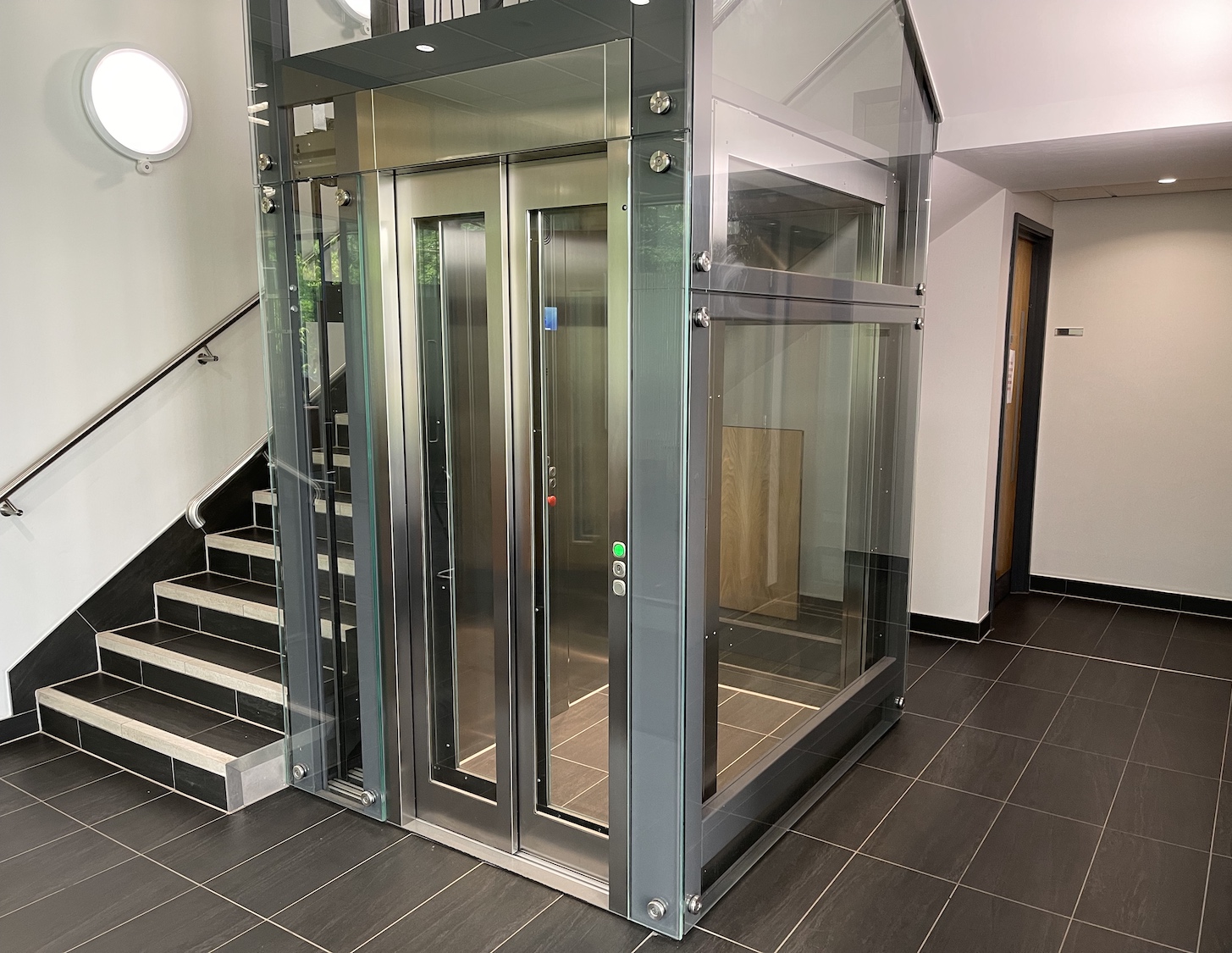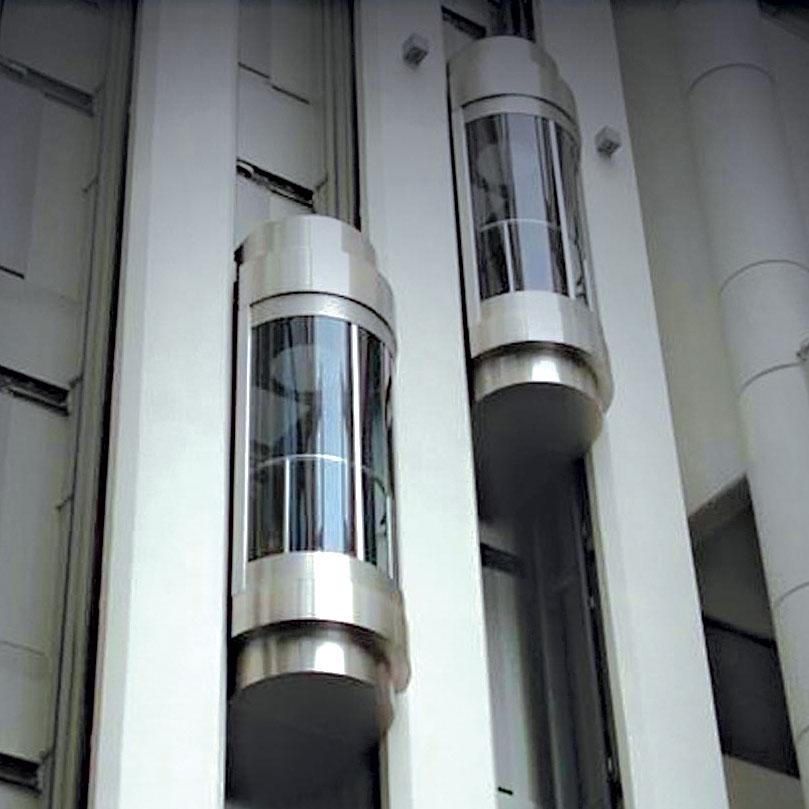Exploring the World of Lifts: Typical Issues Encountered by Different Lift Mechanisms
As we browse with the upright transportation systems of modern structures, elevators stand out as an essential component of our day-to-day lives. Nevertheless, behind their smooth operation exists a world of intricate devices that can in some cases encounter difficulties. From hydraulic elevators to grip systems and machine-room-less designs, each lift kind comes with its collection of usual problems. Understanding these difficulties is crucial for making certain the smooth functioning of these essential systems. Let's discover the complexities that underlie the operation of elevators and the possible problems that can arise, losing light on the elaborate internet of lift mechanisms.
Hydraulic Lifts
Hydraulic elevators, typically favored for low-rise buildings, use fluid stress to regulate the movement of the elevator cars and truck (lift repair companies). This mechanism includes a hydraulic pump pressing oil right into a cyndrical tube, causing the elevator to move in the preferred instructions. While hydraulic lifts are known for their smooth and quiet procedure, they do feature their own set of common problems
One prevalent problem with hydraulic elevators is oil leak. In addition, concerns with the control system, such as damaged shutoffs or a malfunctioning pump, can create interruptions in the lift's motion.
Routine maintenance and prompt fixings are essential to ensure the smooth performance of hydraulic lifts. By attending to these typical issues proactively, building proprietors can lessen downtime and make sure the security and efficiency of their upright transport system.
Traction Elevators
When taking into consideration upright transportation systems in buildings, an additional typical type apart from hydraulic lifts is the traction lift. Grip elevators run utilizing a system of ropes and counterweights that relocate the elevator vehicle by gripping onto the hoist ropes. This system enables for smoother and much faster vertical transport contrasted to hydraulic systems.
Among the usual concerns dealt with by traction lifts is rope wear. The continuous movement of the ropes within the grip system can result in wear and tear in time, possibly triggering the lift to malfunction or become harmful for use. Normal assessments and maintenance of the ropes are necessary to guarantee the lift's proper performance and safety.
An additional issue that grip lifts may run into is connected to the control system. Troubles with the control system can result in concerns such as erratic motion, hold-ups in reaction times, and even complete shutdowns. Normal testing and maintenance of the control system are critical to avoid such concerns and ensure the elevator's integrity.
Machine-Room-Less (MRL) Lifts

One of the key parts of lift companies in London MRL elevators is the compact gearless grip device that is installed within the hoistway. This equipment effectively drives the elevator auto without the demand for large tools discovered in conventional grip elevators. Additionally, MRL lifts generally use a weight system to balance the cars and truck, additional boosting their energy performance.
In spite of their benefits, MRL lifts may encounter challenges associated to repair and maintenance because of the constrained space for devices installment. Ease of access for servicing elements within the shaft can be restricted, requiring specialized training for service technicians. Correct upkeep schedules and routine assessments are vital to make sure the continued smooth operation of MRL elevators.
Overloading and Weight Limitation Issues
Are lifts equipped to deal with excess weight tons successfully and securely? Overloading and weight limit issues are important problems in lift procedures. Lift manufacturers design lifts with particular weight capabilities to make sure traveler security and devices long life. Going beyond these weight restrictions can bring about numerous troubles, consisting of mechanical failings, hold-ups, and security dangers.
When lifts are overwhelmed, it puts excessive strain on the electric motor, wires, and other parts, possibly triggering malfunctions or breakdowns. Security mechanisms such as sensing units and overload sensing units are in area to avoid elevators from relocating if they find excess weight. Furthermore, exceeding weight restrictions can result in increased power consumption and damage on the elevator system.
To mitigate straining issues, constructing managers need to prominently present weight limitations in lifts and inform occupants on the value of adhering to these constraints - lift repair companies. Regular upkeep checks by qualified service technicians can also assist ensure that lifts are running within risk-free weight criteria. By dealing with overloading and weight restriction issues proactively, structure proprietors can improve lift safety and effectiveness
Electric System Failures
Exceeding weight limits in elevators can not only lead to mechanical issues but also potentially contribute london lift company to electrical system failings within the lift framework. Electric system failings are a critical concern in elevator procedure, as they can create unanticipated closures, breakdowns, or even security risks.
Regular upkeep and evaluations are essential to recognize and deal with potential electric issues immediately, guaranteeing the secure and effective operation of lift systems. By sticking to weight limitations and carrying out regular electrical system checks, structure owners can minimize the risk of electric failures in lifts.
Conclusion

Hydraulic elevators, often favored for low-rise buildings, make use of fluid stress to control the activity of the elevator car.When thinking about vertical transport systems in buildings, an additional common kind aside from hydraulic lifts is the traction lift. Grip elevators run using a system of ropes and weights that move the lift vehicle by clutching onto the hoist ropes. Unlike conventional lifts that require a different machine area to house the equipment, MRL elevators incorporate most of the elements within the shaft, eliminating the requirement for a committed device area.In conclusion, elevators encounter common problems such as hydraulic breakdowns, traction system failures, and electric system troubles.
 Mackenzie Rosman Then & Now!
Mackenzie Rosman Then & Now! Marla Sokoloff Then & Now!
Marla Sokoloff Then & Now! Jane Carrey Then & Now!
Jane Carrey Then & Now! Dolly Parton Then & Now!
Dolly Parton Then & Now! Pierce Brosnan Then & Now!
Pierce Brosnan Then & Now!